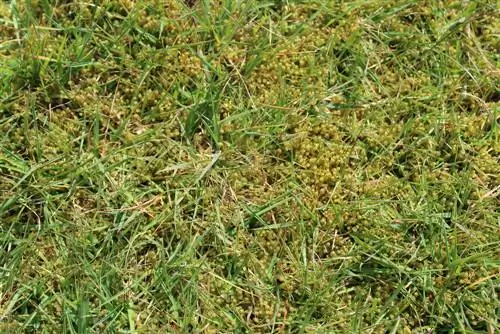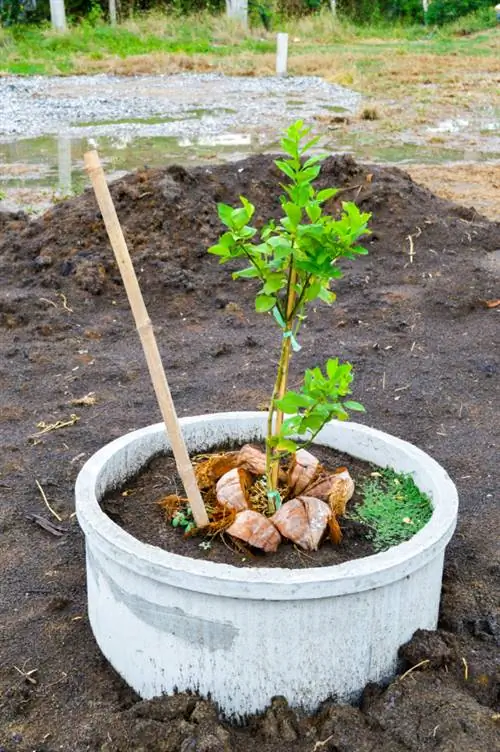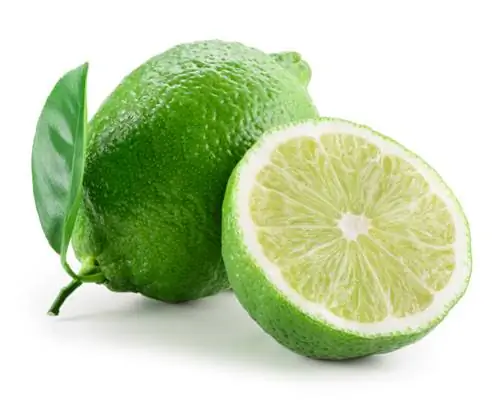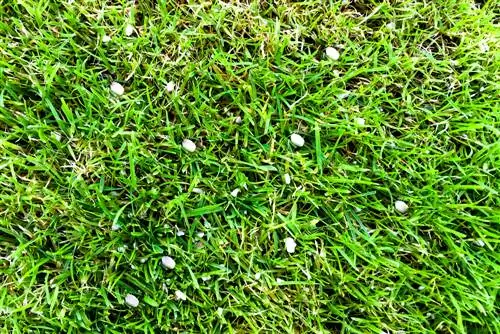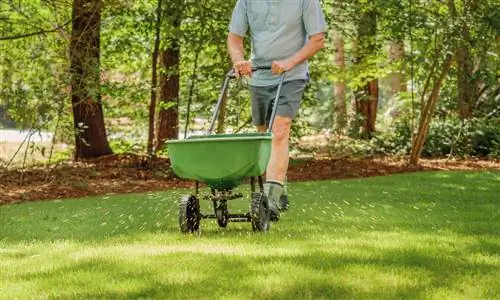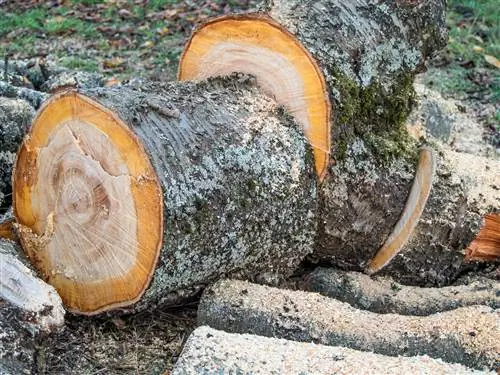- Author admin [email protected].
- Public 2023-12-16 16:46.
- Last modified 2025-01-23 11:22.
Liming the lawn can be a useful addition to annual fertilization. However, it is important to correctly assess the need. If the soil needs lime, it must be applied at the right time. This is the only way you can avoid damage.
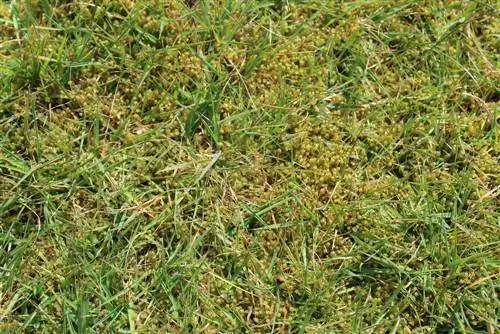
When and why should you apply lawn lime?
The application of lawn lime is ideally done in spring or autumn to improve soil structure and stability. Liming raises the pH value, promotes plant growth, reduces moss formation and strengthens resistance to diseases.
Necessity
Lawns should have a pH value between 5.5 and 7.5. Soil samples provide precise information about deficiency symptoms. Certain plants also indicate when the subsoil is low in lime. Dog chamomile, farmer's mustard, moss and horsetail as well as pansies are considered indicators of a more acidic environment. At the same time, the grasses show signs of damage such as dried shoot tips or yellowed leaves.
Time
Before the new growing season begins in spring, the time is right for liming. The first annual fertilization takes place about two to three weeks after liming, when the grass has recently sprouted. You can also apply lime in the fall, starting in October. This variant offers an optimal result, as nitrogen-containing lawn fertilizer counteracts limescale. An exception are mild lime products that contain calcium carbonate. They can be applied all year round if necessary.
Procedure
Mow the area as deep as possible. Loosen the soil with a scarifier and remove moss, weeds and all plant residue. If necessary, you should aerate and sand the lawn. Measure the amount of lime (€19.00 on Amazon) precisely and use a spreader to spread the powder optimally.
Instructions for liming:
- Drive around the area in lines with the steering wheel
- leave no gaps and do not overlap tracks
- Work lime into the soil with a rake
- Water the lawn thoroughly
Tip
On small areas you can also spread the garden lime by hand. This is not dangerous for the skin.
Advantages
Liming ensures a fine-crumbly substrate and thus improves structure and stability. Good soil is less likely to become muddy after rainfall and warms up more quickly in spring than compacted subsoil. The plants also benefit from this soil improvement and prove to be more resistant to diseases. In contrast, the growth of unwanted weeds in the lawn is slowed down. This is how lime helps against moss in the lawn.

